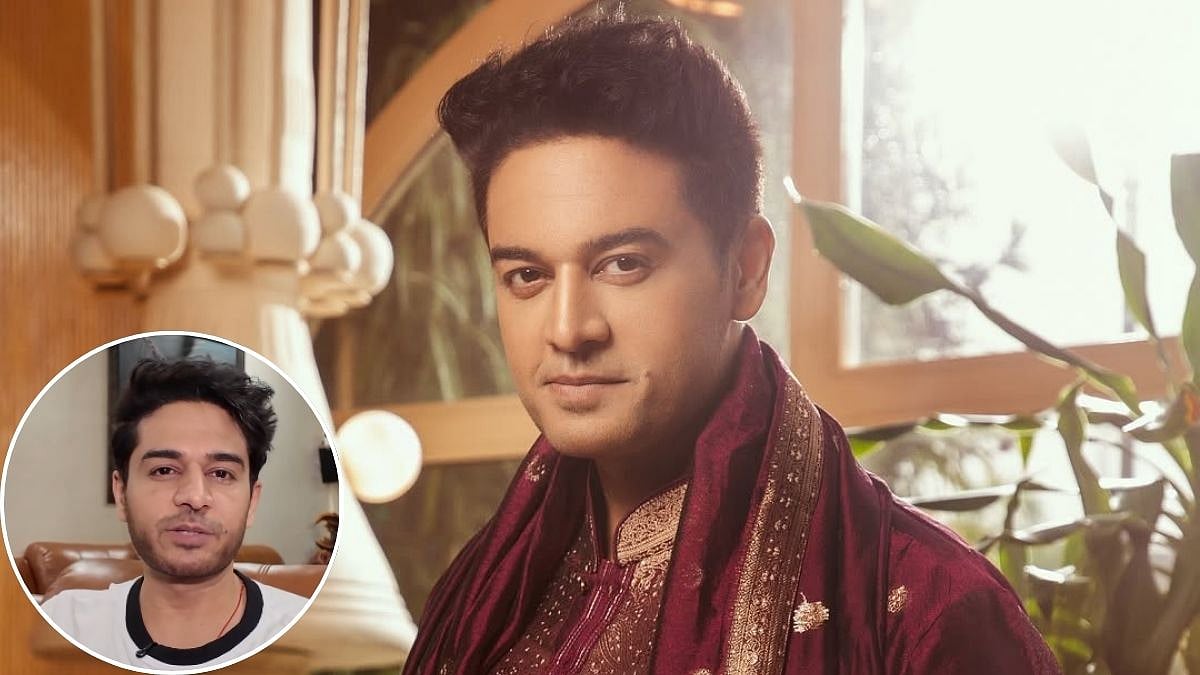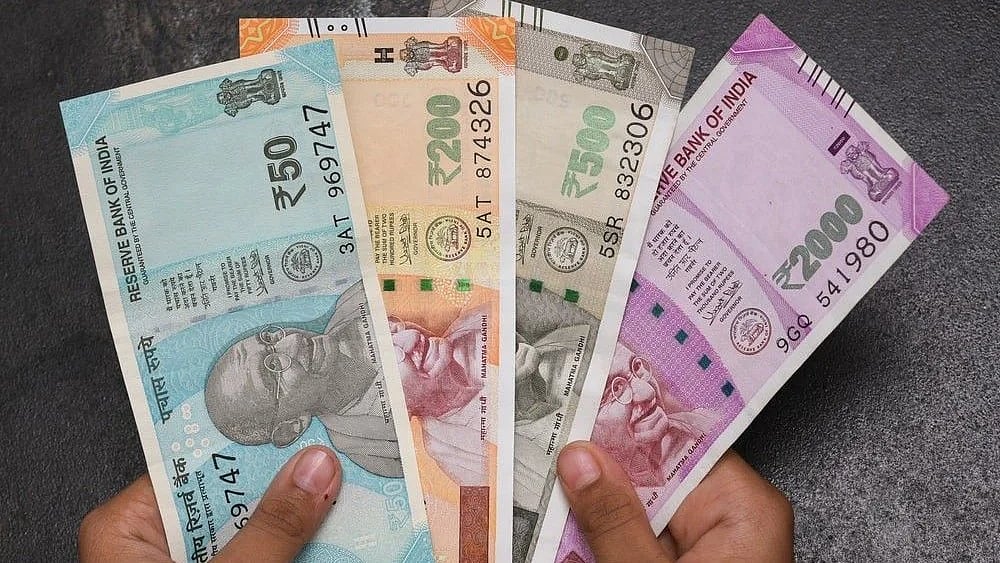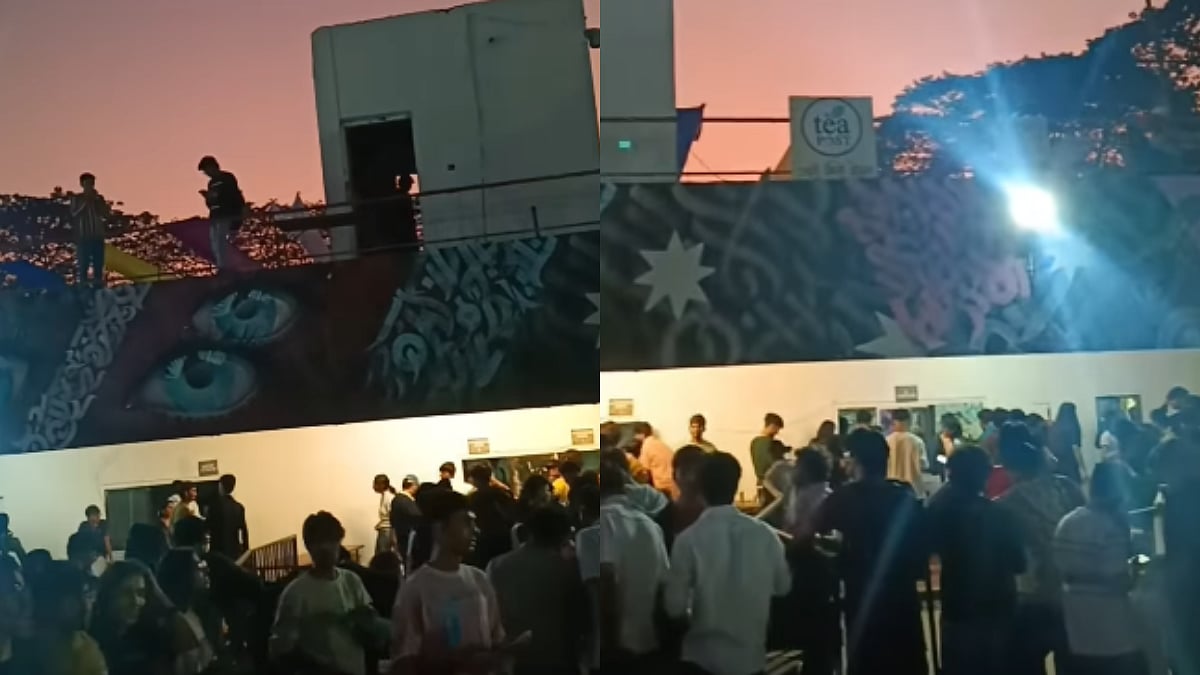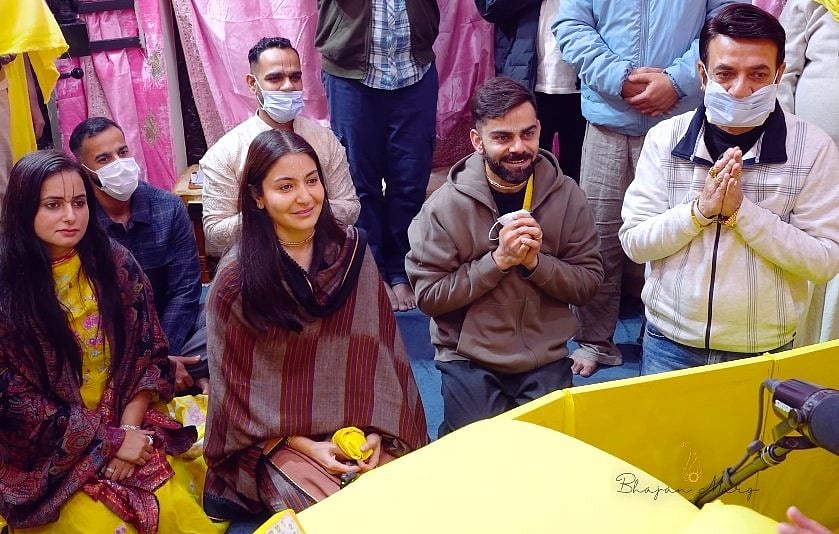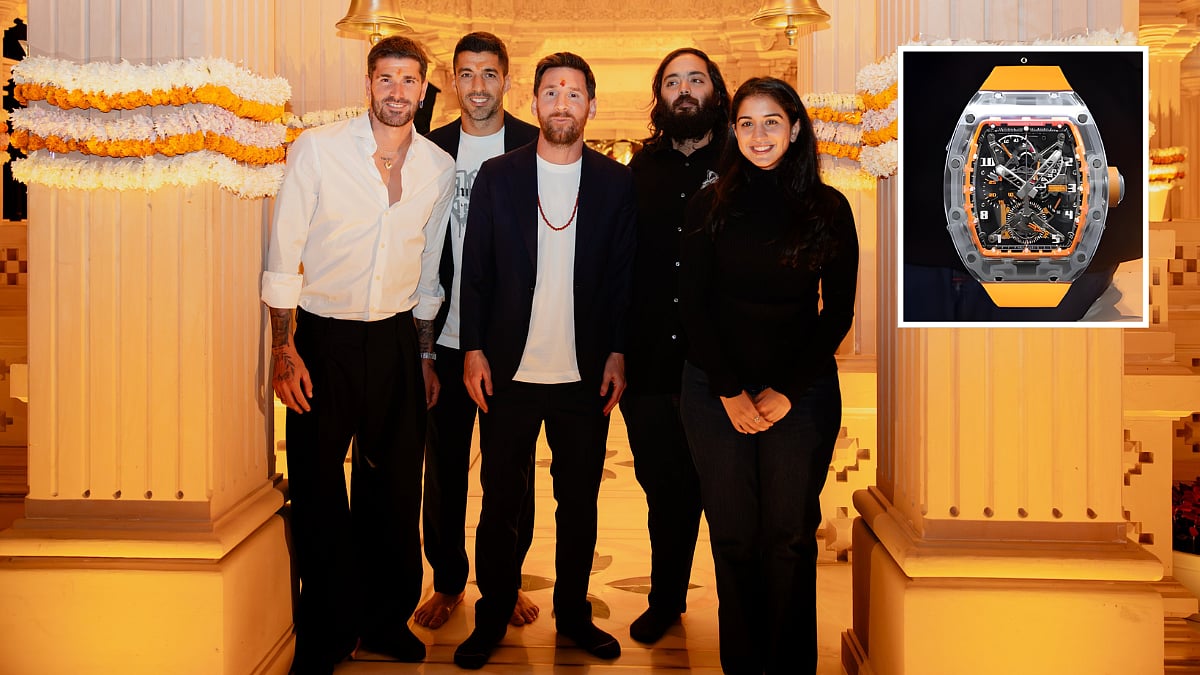Over a fortnight after prejudiced hiring bias added ‘region’ to the long list of biases including race, gender, age, sexual orientation, religion, disability, and food habits led to outrage, not only is the storm not abating but many are questioning the increasing 360-degree Maharashtra-phobic exclusion manifested with a naked display of money-power by the Gujarati community in Mumbai, specifically, and Maharashtra in general.
Social media was outraged by a job recruiting criterion that one HR recruiter shared on LinkedIn. A Gujarati freelance HR consultant and recruiter published a job posting for a graphic designer position in Mumbai in a since-deleted post. The employer’s stipulation that “Marathi people are not welcome here” was what set off an outrage that refuses to recede.
Many who link this ire for everything Gujarati among Maharashtrian sons-of-the-soil point out how the ruling dispensation is aware of the increasing anti-Marathi polarisation. “All the party leaders in predominantly Gujarati boroughs of the central and western suburbs of Mumbai are trying to ensure that the otherwise reticent Gujarati voters step out to vote in large numbers,” underlines cultural historian Sachin Parab who adds, “They have obviously picked up vibes of how Maharashtrians feel socially, politically and economically alienated and in desperation want to invoke Gujarati asmita and get all Gujaratis to vote.”

Parab is not an isolated voice. Padma Bisht a fifth generation Mumbai-based entrepreneur who speaks Marathi fluently says local politicians created regional political movements were mistaken in targeting South Indians (late 60s), Muslims (early 90s) and North Indians (early 2000s). “Gujaratis have all along been the threat and they need to be taught not to undermine Maharashtrians in their own state,” she says. “The LinkedIn ad has been in the making for a long time as the Gujarati community’s stranglehold on Mumbai and Thane has grown. Look around,” she says. “From South Mumbai to Central Mumbai and the suburbs extending on both the Central and Western lines – all the pristine tony neighbourhoods have been made into a Gujarati and Jains-only neighbourhoods.” She points out how Maharashtrians who want to buy a place in there are told they only allow Maharashtrians as kaamwalis into their buildings.
Bristling with rage she recounts her own experience. “I was told a property was not for me since they wouldn’t allow non-vegetarian fare to be cooked. When I argued how this was unlawful, I was asked for a cost higher by several lakhs from the going-rate. I was told they have a ready buyer for the same at that rate to fob me off. Haa maajh nahitar kaay aahe?”
Parab points out how what is unfolding today has connections with the late Morarji Desai’s plan to make Mumbai a part of Gujarat when linguistic states were formed. “In face of the tough resistance when 105 martyrs lost their lives, Gujaratis backed off, but they seem to have waited for the opportune time licking their wound to make that dream come true,” and adds, “As more and more industries move to Gujarat and the number of unemployed rises the anger has spread. ”
Dr Harish Jadhav a history professor from Baroda says he finds it laughable when Gujaratis try to teach Hindutva to Maharashtrians. “The first Hindu kingdom to rise in revolt against the Mughals was Chhatrapati Shivaji’s. Gujarati Hindus were happy to be vassals to the Mughals – even taking on surnames like Shah – because it made good business sense. How can we forget Shivaji Maharaj’s loot of Surat on January 5, 1664 and October 16, 1670? Weren’t the Hindu traders loyal to Mughals and didn’t they resist Shivaji’s warriors?”
Maharashtra was always spiritually (Bhakti movement), socially (Phule-Shahu-Ambedkar) and economically far ahead of what is now Gujarat which was wracked by drought and famines. “People came in droves to settle in Maharashtra. Their newspapers (Bombay Samachar, 1822), their businesses, theatre, and films - they owe it all to Mumbai. Maharashtrians are generally amicable and want to peacefully co-exist. But if someone goes out of their way to provoke then they will unite in rebellion. Let’s not forget that the Maratha flag flew on the Red Fort and the kingdom extended from Attock to Cuttack in the north and crossed the Tungabhadra in the South through the early 1800s!” Jadhav adds.
Whatever be the reason behind the recruiter’s posting the job profile that barred Marathi population in Mumbai, it, surely, was a wake up call for Maharashtrians to take themselves seriously and reiterate their presence and competence.



